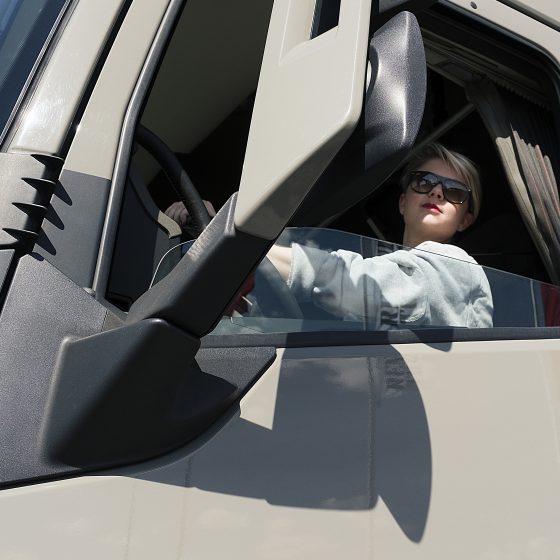Transportation
The future of the transportation field is influenced by the green transition, technological advancements, changes in people’s attitudes and values, and geopolitical events. OSKA transportation field is divided into four areas: air, maritime, road, and rail transport.
In aviation, the workforce needs for the next decade will be influenced by the development of new air transport, namely unmanned aerial vehicles, and green technologies. The number of jobs for communications engineers will grow the most, but education is unable to meet the labor demand.
There will also be an increased need for pilots, aviation coordinators, flight attendants, and airport customer service staff. The demand for air traffic controllers will decrease, which is affected by the war and the cancellation of overflights to Asia, as well as the introduction of remote towers.
Maritime is largely connected to the international job market. According to the Seafarers’ Registry data in 2023, there were about 5,560 seafarers, and by 2032, employment is expected to grow to approximately 5,900 seafarers. Employers feel there is a shortage of ship mechanics and marine electricians.
In road transport, a growth of up to 10% is forecasted for truck drivers and couriers. This is based on the current shortage of truck drivers and the growth of e-commerce for couriers. There is also an increasing demand for mobility engineers, driven by the prioritization of public transport development and the organization of transport networks. Over the next ten years, the number of jobs for public transport drivers is expected to remain about the same.
Rail transport is affected by a decrease in transit freight to a minimum and by the ambitious goals of the Estonian state concerning passenger train services.
The need for safety device and track mechanics is increased by the completion of Rail Baltic. The demand for train drivers is linked to Elron’s plans to introduce new passenger trains, which in turn increases the number of people employed as customer service agents. The decrease in the need for traffic coordinators is associated with the upgrading of safety systems and the replacement of management systems with digital alternatives.
The development of rail transport is one of the country’s priorities; however, railway companies train their own workforce, and the current training does not meet contemporary needs. Therefore, more modern and flexible curricula have to be created that integrate digital and practical learning modules.
OSKA transportation study in Estonian





